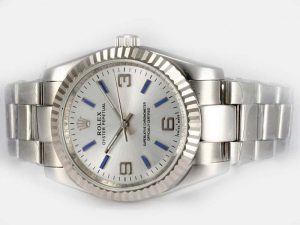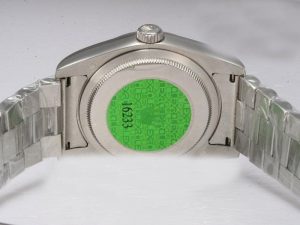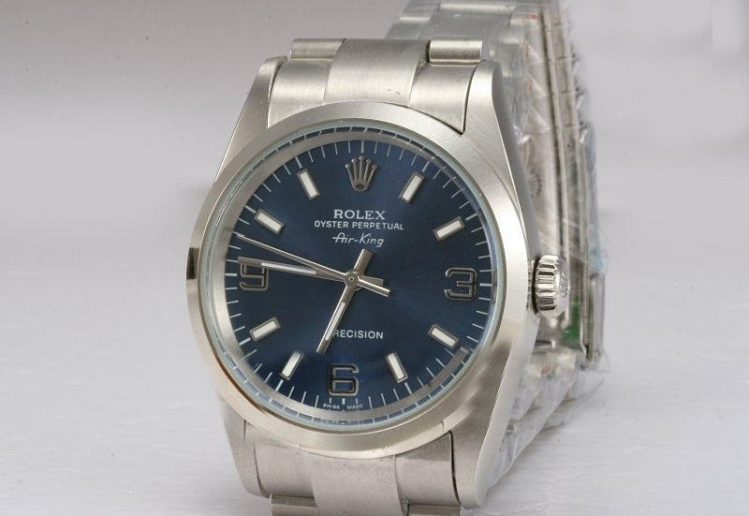Any owner of a Rolex watch will tell you that the watch faces come to life, in part due to the perfect combination of brushed and highly polished finishes on the case and bracelet. In addition, edges such as lugs or crown guards are often intricately beveled and chamfered to exacting standards.
When a watch is polished or buffed, the process removes a thin layer of metal. As a result, the polishing process risks both altering the finish and forever changing the actual shape of the watch and its components. When describing Rolex replica watches, you may have heard the term “crisp lugs”, which refers to unpolished or lightly polished watches that still retain much of their original form. In contrast, over-polished watches usually have thinner, rounder lugs and little edge definition between the top of the lugs and the sides of the case. Unlike mistakes in painting that can always be covered up, a bad polishing job is irreversible. 

If you are less concerned with the long-term value and collectability of your Rolex and would rather have a watch that looks almost new to wear now, then polishing is the way forward. However, it is crucial that you only trust an expert to do the job. Proper polishing requires a high level of skill, experience, and specialized equipment.
According to Rolex, in-house polishers need three years of apprenticeship and five years of experience to master polishing techniques. A few seconds too long against the polishing wheel can overcook it and form the case or bracelet; too short a time or too little pressure simply leads to more scratches.
However, some owners of fake Rolex watches prefer not to have their watches polished by an authorized Rolex service center, relying instead on independent stores that specialize in vintage watches. Keep in mind that Rolex is not in the business of selling vintage watches, so the value of older watches is not the company’s focus. As a result, Rolex repairs watches to make them look and function like new, which leads to the polishing and refinishing of their components.
Whether you decide to have your Rolex watch serviced by an authorized service center or an independent point of sale, be sure to clearly state your preference for polishing, indicating which parts you wish to polish and which parts you wish to leave in an unrestored condition.
Also, it is important to note that a few scratches here and there do not mean that a full polishing service is required. Rolex recommends having your watch serviced every 5 to 10 years, and unless you specify otherwise, polishing your watch is part of the service.
